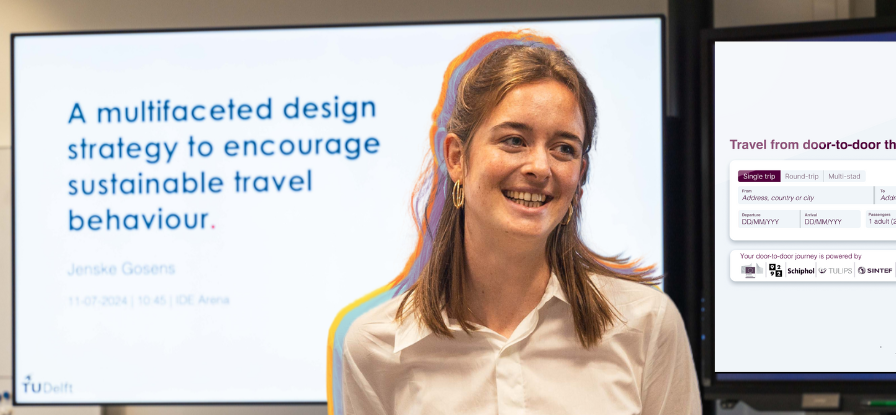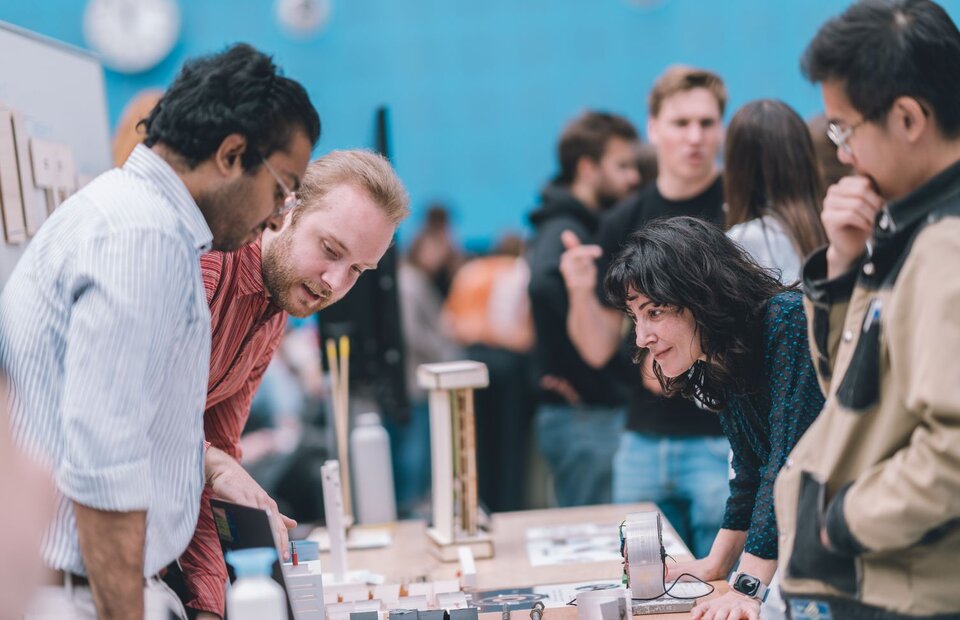10 principles to forge resilient designers
Designers go out into the world to solve big picture problems. Issues related to sustainability, health or the energy transition for example. As a consequence, they encounter resistance to change. How do we prepare designers to be strong and capable? Discover research by Rebecca Price and Mieke van der Bijl-Brouwer, and their 10 principles to guide designers in their own practice of building resilience.
During the Covid-19 pandemic, Rebecca Price and Mieke van der Bijl-Brouwer were impressed by their students’ determination despite an unprepared education system. It became clear to them that in order to address the growing complexities of our world, it is crucial for designers to cultivate resilience.
Rebecca Price and Mieke van der Bijl-Brouwer conducted extensive research aimed at providing guidance and support to designers in their journey towards resilience and greater well-being literacy.
Teaching resilience
The researchers investigated the factors that contribute to the development of resilience, such as personal traits, coping mechanisms, and the educational environment. Their research revealed the significance of resilience in navigating the inevitable setbacks, failures, and uncertainties that designers encounter throughout their careers, especially when dedicated to solving the world’s most worthwhile challenges.
To explore the role of resilience in design, Rebecca and Mieke conducted focus groups and interviews with design students and educators to gather their perspectives. Along with classroom observations and case studies.
Research impact
Since the start of this project, the researchers have published several papers in Design Management Review, Studies in Higher Education, and more.
They have also formed communities, including the Graduation Community Program at TU Delft, and organized Resilience Designer Workshops, as well as student networks. The research is now formally included in the curriculum of the Faculty of Industrial Design Engineering, emphasizing reflection, self-evaluation, and the cultivation of a growth mindset to encourage students to view failures as opportunities for learning and growth.
Over the past years, their endeavours have included engaging with a diverse community of designers. They have conducted workshops with over 300 talented master’s students, collaborated with 50 dedicated researchers who are shaping the academic landscape, partnered with 50 innovative design practitioners, and made significant contributions to the field through their publications.






















